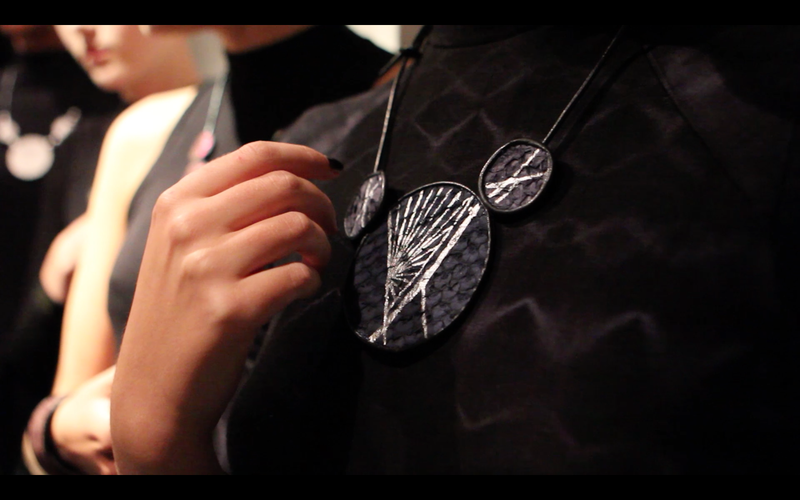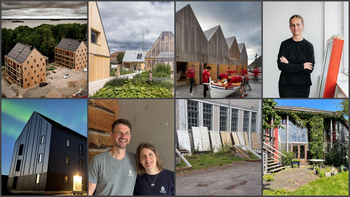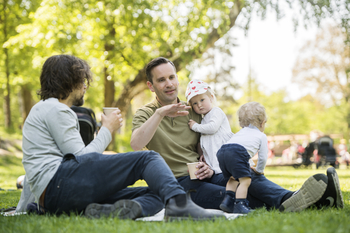Turning wood fibre into textiles

In collaboration with members of the fashion industry the session “Fashionable Bioeconomy in the Baltic Sea Region. Biomaterials and sustainable fashion as driver for growth” seeks to showcase, explore and discuss how the Baltic Sea Region can have a leading role in linking bioeconomy and a sustainable fashion industry. Exploring local solutions of the Baltic Sea Region bioeconomy, the session will address issues such as rural development, waste, material flows, innovation and new business models. And of course hosts a fashion show.
Wood fibres turned into high street fashion
New research on how to turn wood fibre into textiles for clothes are only one of the many exiting aspects of how bioeconomy can put the Baltic Sea Region on the fashion map of the World, and at the same time help reduce use of water and pesticides for textile production.
If we can replace some of the cotton with fibres from the well-maintained Nordic forests, we have already made huge steps towards sustainable textiles.The numbers talk for themselves says Torfi Johannesson, Senior Adviser at the Nordic Council of Ministers; “Cotton is produced on only 2% of the arable land worldwide but still requires 15-20% of all pesticides we use. And most of it is irrigated and requires huge amounts of water. If we can replace some of the cotton with fibres from the well-maintained Nordic forests, we have already made huge steps towards sustainable textiles. But at the end of the day, there is of course no way around the fact that we simply consume too much. This is why we need the retailers and the consumers to work with us to develop different patterns of consumption”.
Your old sweater turned into new clothes
Most major players in the clothing industry now welcome the reuse of our old clothes. Meaning we can deposit our used clothes in the shops for reuse. This is instrumental in creating a circular bioeconomy combining sustainable source, resource efficiency and upgrading creative design. And this goes to underline the growing acceptance of CSR in the fashion industry. “At H&M we have set a long-term vision to become 100% circular, for example by only using recycled or other sustainably sourced materials”, says Felicia Reuterswärd, Sustainability Manager, at H&M.
At H&M we have set a long-term vision to become 100% circular, for example by only using recycled or other sustainably sourced materials.
Join business leaders, Ministers and senior officials from the Nordic Council to learn how fashion is moving from waster maker to waster user. Among the speakers, you will find, Mr. Sven-Erik Bucht, Minister for Rural Affairs, and Mr. Dagfinn Høybråten, Secretary General of the Nordic Council of Ministers. They will be joined by Ms. Eva Karlsson, CEO at Houdini Sportswear, Ms. Felicia Reuterswärd, Sustainability Manager at H&M, Mr. Tobias Köhnke, SWEREA, and Ms. Sigrid Barnekow from MISTRA Future Fashion.
Main Session: Fashionable Bioeconomy in the Baltic Sea Region. Biomaterials and sustainable fashion as drivers for growth
Programme: The 7th Strategy Forum of the EUSBSR (strategyforum2016.eu)



